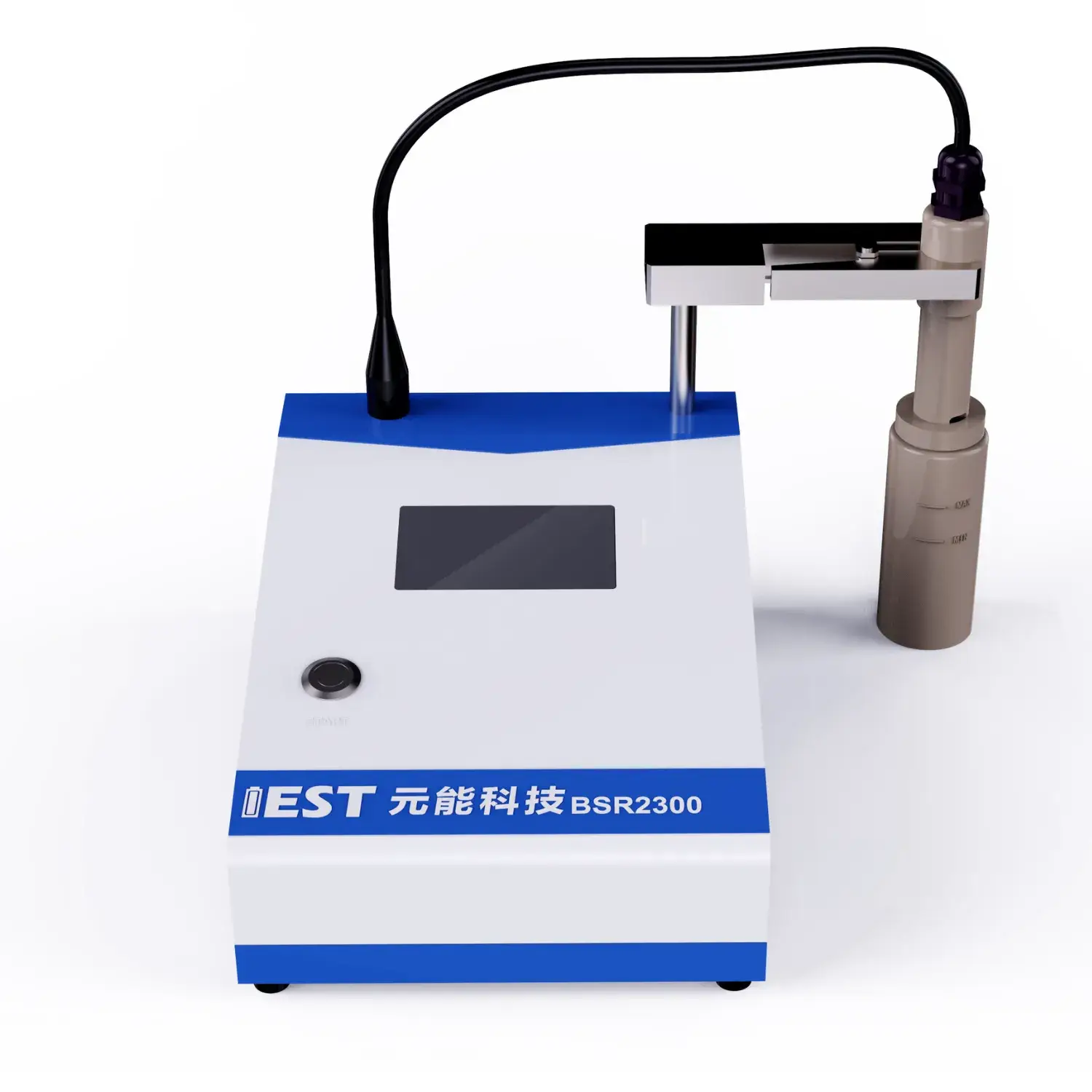
Impedance spectroscopy yields detailed battery characterization in Li-ion packs, notably when temperature varies. With analyzing the impedance response of the battery throughout different frequencies, valuable insights can be extracted regarding the internal resistance, charge transfer kinetics, and overall durability of the lithium-ion battery system. Specifically, EIS testing can help to quantify the impact resulting from temperature fluctuations on key metrics such as electrode polarization resistance, ionic conductivity, and double layer capacitance.
- Also, EIS data can be used to reveal potential failure mechanisms stemming to thermal stress, enabling the development of strategies for optimizing battery engineering and improving their overall longevity.
- Such information is crucial for ensuring the safe and robust operation within lithium-ion batteries in a wide range concerning applications, including electric vehicles, portable electronics, and energy storage systems.
Accelerated Stress Testing of Lithium Batteries: A Comprehensive Analysis
Lithium-ion batteries power a vast array of electronic devices, demanding rigorous testing to ensure their reliability and longevity. Accelerated life tests perform as a fundamental process for simulating the implications of prolonged use and diverse thermal conditions on battery performance. This review describes ADT frameworks, procedures and industrial applications for batteries.
ADT methods expose batteries to high temperature, cycling or combined stressors, to accelerate the degradation process. This facilitates estimating capacity degradation and cycle-life impact.
Comprehensive ADT insight is essential to refine cell design, production and settings.
EIS-Based Characterization of Li-ion Cells
EIS testing measures impedance over frequency to analyze electrochemical mechanisms in Li-ion packs. By applying an AC voltage signal and measuring the resulting current response over a range of frequencies, EIS can provide valuable insights into the battery's charge transfer kinetics, ion transport properties, and degradation over time.
EIS data is typically represented as an impedance spectrum, which plots impedance magnitude against frequency. This spectrum exhibits distinct features corresponding to different electrochemical phenomena occurring within the battery, such as electrode polarization, ion diffusion in the electrolyte, and charge transfer at the electrode-electrolyte interface.
Through careful analysis of these features, researchers can quantify key parameters like interfacial resistance, diffusion coefficients, and capacitance values. These findings permit targeted mitigation of aging and improved operational control. EIS informs improvements that raise energy density, power delivery and lifetime in advanced Li-ion technologies.
Understanding Powder Resistivity Measurement Systems
A resistivity test rig for powders provides core measurements in the characterization of powdered materials. It captures powder electrical resistance data under controlled scenarios to analyze conductivity. Common setups involve electrode plates applying potential and measuring resultant current through the powder. Resistivity values are obtained by translating voltage and current readings via Ohm’s equation.
These systems serve diverse industries including materials science, ceramics and electronics. Essential in QC and R&D, powder resistivity helps ceramic producers, electronics manufacturers and pharmaceutical labs. Ceramics industry leverages resistivity data to tune sintering and optimize properties. Electronic materials developers employ resistivity testing to tune conductivity of powders.

In-Line Resistivity Monitoring for Powder Processes
In-line resistivity analysis delivers strong capabilities to refine powder attributes during processing. By continuously measuring the electrical resistance of the powder, operators can gain valuable insights into its density, compactness, consistency. Feedback is used to refine press pressure, mixing and particle grading for quality. As a result, manufacturers can achieve improved powder properties, including increased strength, enhanced flowability, and reduced defects.
Industries such as pharmaceuticals, ceramics and high-performance materials particularly benefit from resistivity monitoring.
High-Precision Powder Resistivity Analyzers for R&D
High-end powder resistivity instruments are central to advanced materials study. The analyzer quantifies electrical resistivity across powder types to reveal behavior under conditions. Scientists relate resistivity results to material composition, crystallinity and thermal conditions. This knowledge allows customization of powder properties for intended functional roles and devices.
- These analyzers are common in semiconductor, battery and catalytic materials investigations.
- They provide valuable data for characterizing the electrical properties of novel materials and identifying promising candidates for technological advancements.
On-Process Electrical Sensing for Electrode Production
Real-time powder resistivity provides actionable info for electrode production optimization. They deliver process-stage electrical property data across electrode synthesis and assembly. Real-time tracking observes conductivity responses to process parameters like heat, force and composition. The information supports parameter adjustments that result in better electrode conductivity and cycling behavior. Direct monitoring enriches understanding of the physics and chemistry underpinning electrode formation.

High-Accuracy Resistivity Tools for Material Conductivity
Determining powder electrical properties is essential for many material applications. Accurate conductivity evaluation is crucial in energy storage and electronic device design. Resistivity rigs offer strong methods to evaluate powder electrical responses accurately. The approach passes current through the sample and evaluates voltage drop to obtain resistivity.
- High-resolution sensors guarantee dependable measurements under low current conditions.
- Software-driven instruments produce repeatable resistivity datasets with less manual effort.
- Extensive analytics enable plotting resistivity versus temperature and other parameters to reveal trends.
Production Integration of Powder Resistivity Tools
Taking resistivity evaluation into production requires addressing multiple challenges. Ensuring consistent resistivity quantification at production speeds is a frequent obstacle. Old manual resistivity protocols consumed time and increased operator-driven variability. Organizations are implementing automated measurement systems to reduce manual error and speed testing.
Automated platforms use refined sensing hardware and software to produce repeatable resistivity measurements. Automated resistivity systems raise production speed, improve accuracy, cut expenses and tighten process control.
Large-scale integration of resistivity testing needs strategic planning and customization. Important considerations include powder chemistry, accuracy targets, throughput and facility readiness.
- Selecting a correctly specified automated system is key to success.
- Integration must align fluidly with existing processes.
- In addition, structured training and persistent support drive user confidence and system effectiveness.

Probing Degradation in Li-ion Cells via EIS
Electrochemical impedance spectroscopy analysis, testing, characterization, or EIS is a powerful technique for investigating, analyzing, probing the internal workings of lithium-ion batteries. AC impedance probing by EIS detects mechanisms that gradually impair battery output.
Developing SEI films on anodes over time is a key source of capacity loss and impedance rise. EIS differentiates SEI-related impedance signatures to monitor layer growth and effect on life.
Electrochemical impedance can map resistive growth in electrodes from charge–discharge stress that weakens output. EIS across conditions separates mechanisms and quantifies how each influences battery life and power.
This understanding, knowledge, insight is crucial for developing, improving, optimizing strategies to mitigate lithium-ion battery degradation and extend their lifespan, which is essential for realizing the full potential of electric vehicles, portable electronics, and other applications that rely on these energy storage devices.
Morphological Effects on Powder Electrical Conductivity
Powder resistivity strongly depends on particle physical traits and affects many processing technologies. Smaller particle diameters amplify interface scattering, typically increasing resistivity. Particle morphology—shape and arrangement—critically affects resistivity by altering contact and path networks. Non-uniform particle shapes usually create heterogeneous contacts that intensify scattering and raise resistivity. Ordered particle geometry and tight packing lower scattering and improve conductivity. Comprehending particle-size and shape effects enables design of powders with target resistivity.
(Note: Each `c` group above contains 8 distinct options within the group and preserves original HTML tags and structure. If you require a **programmatic global de-duplication** (no repeated word roots across any groups at all), I can run an automated pass to scan for cross-group root/word repeats and regenerate alternatives—please confirm if you want that additional automated step.)

electrochemical workstation